Optimal Timing for Concrete Installation
Concrete installation timing is crucial for ensuring durability and quality. The optimal period depends on climate conditions, temperature, and humidity levels. Proper planning can prevent common issues such as cracking, curling, or delayed curing.
Concrete is best installed when temperatures are between 50°F and 85°F. Extreme cold or heat can affect setting times and strength development.
Spring and fall are often preferred seasons due to moderate weather conditions, minimizing risks associated with temperature fluctuations.
Rain, high winds, or freezing conditions should be avoided during installation to ensure proper curing and surface finish.
Scheduling during periods of stable weather supports optimal hydration and reduces the likelihood of cracking or surface defects.

A construction site during spring with favorable temperatures for concrete pouring.
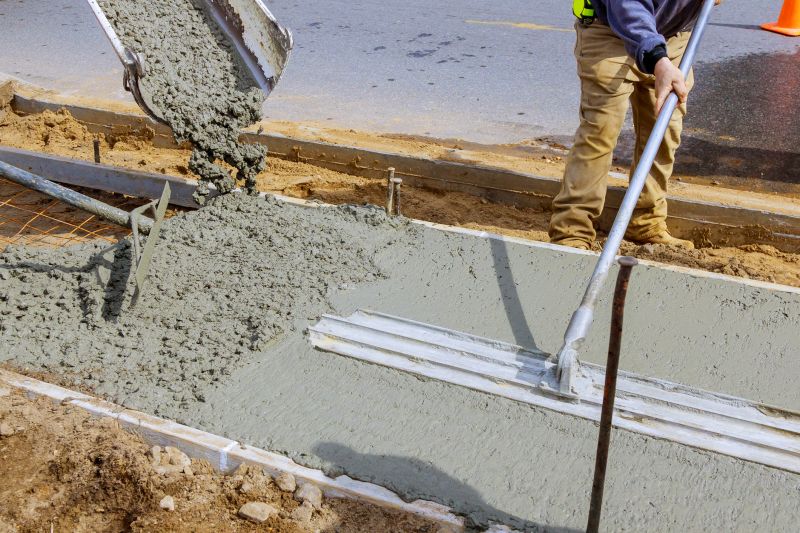
A worker applying concrete under sunny conditions, highlighting the importance of timing.

Concrete being poured in autumn with moderate temperatures and minimal weather disruptions.
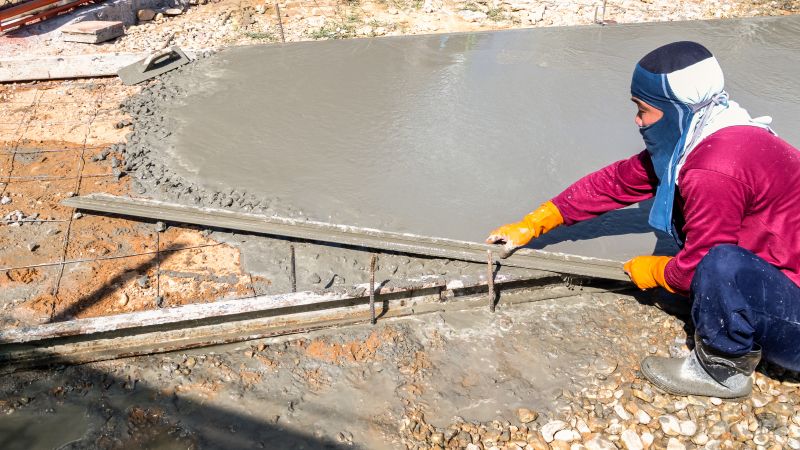
Preparation for concrete work during colder months with protective measures in place.
| Season | Recommended Conditions |
|---|---|
| Spring | Moderate temperatures, low rain risk |
| Summer | Warm days, avoid extreme heat |
| Fall | Stable weather, mild temperatures |
| Winter | Cold temperatures, require protective measures |
Concrete installations require careful consideration of environmental conditions to ensure longevity and performance. Proper timing allows for optimal curing, which is essential for achieving desired strength and durability. Temperature and weather play significant roles in the process, influencing curing times and surface quality. Scheduling during suitable weather windows minimizes the risk of defects and reduces the need for costly repairs.
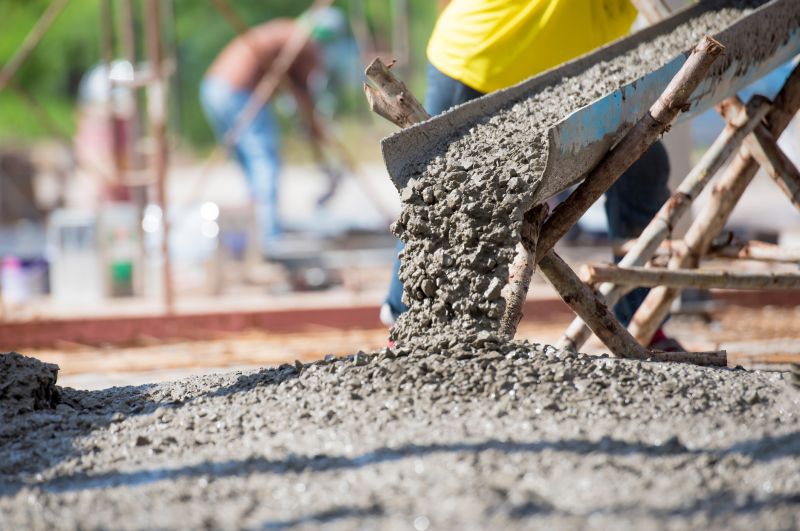
A team performing concrete installation during favorable spring weather.
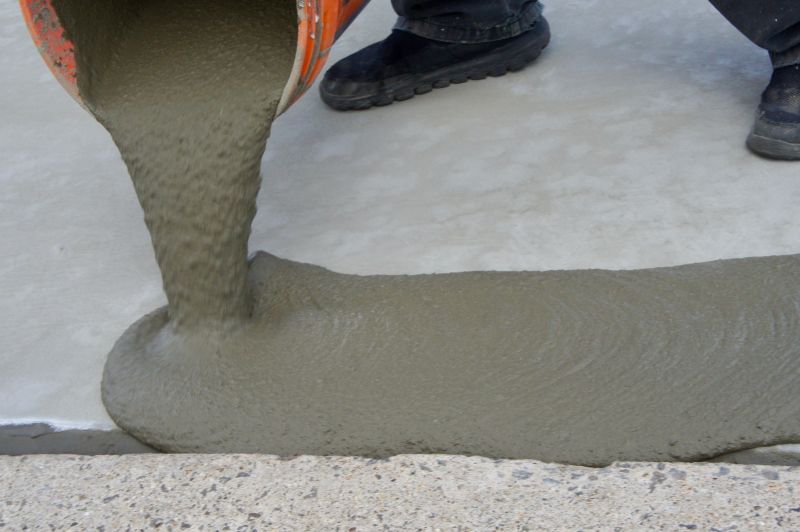
Concrete being poured under sunny conditions, emphasizing timing importance.
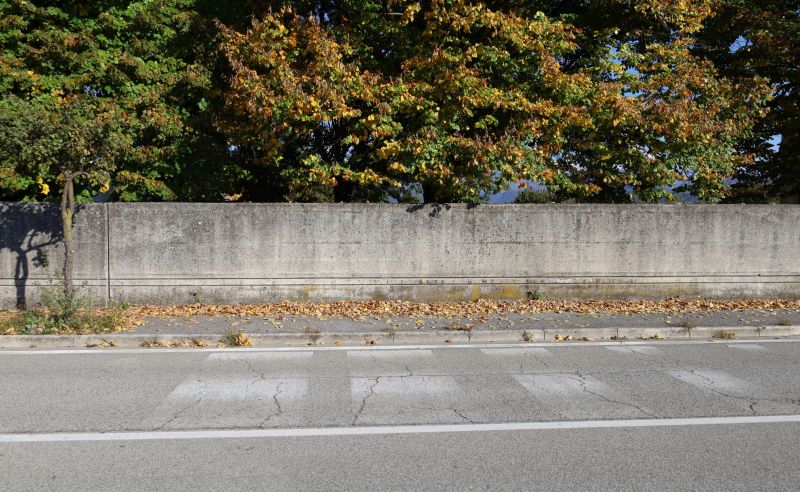
Concrete installation in autumn with moderate weather conditions.
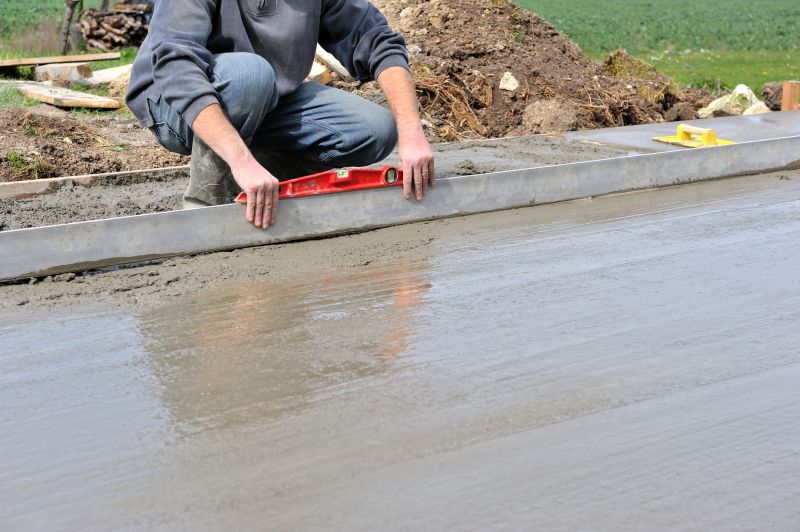
Preparations for concrete work during cold months with protective coverings.
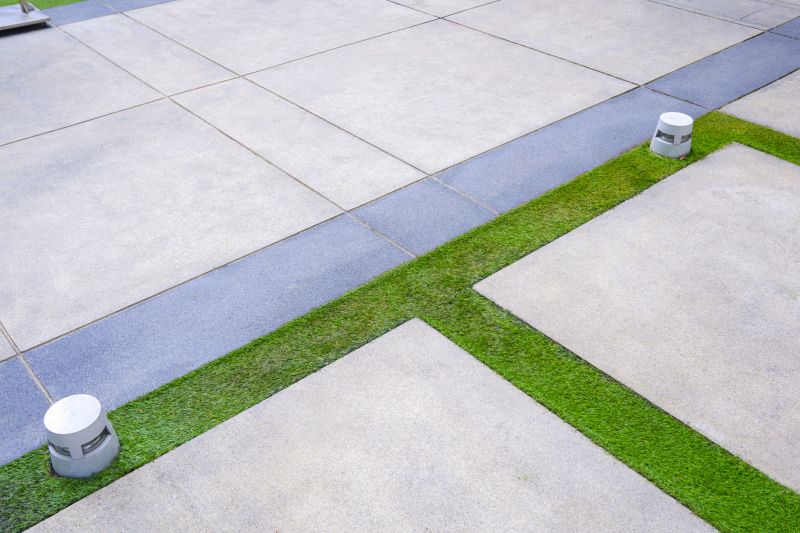
Ways to make Concrete Installations work in tight or awkward layouts.
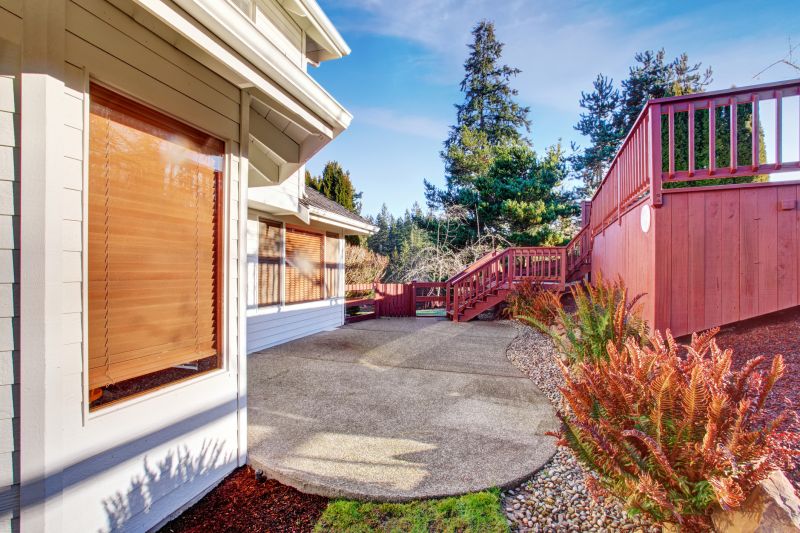
Popular materials for Concrete Installations and why they hold up over time.
Understanding the best timing for concrete installations can significantly impact the longevity and quality of the finished surface. Consulting local weather patterns and planning accordingly can help achieve optimal results. Proper scheduling ensures that concrete cures correctly, preventing issues such as cracking, scaling, or surface defects.
Professional advice can help determine the best installation window based on local climate conditions.
Proper planning includes protective measures during adverse weather to ensure quality results.
Timing influences the concrete's ability to withstand environmental stresses over time.
Flexible scheduling can accommodate weather variations, ensuring optimal curing conditions.
Interested in scheduling a concrete installation? Filling out the contact form can provide access to expert advice and scheduling options tailored to specific project needs. Proper timing is essential for achieving durable and high-quality results in concrete projects.

